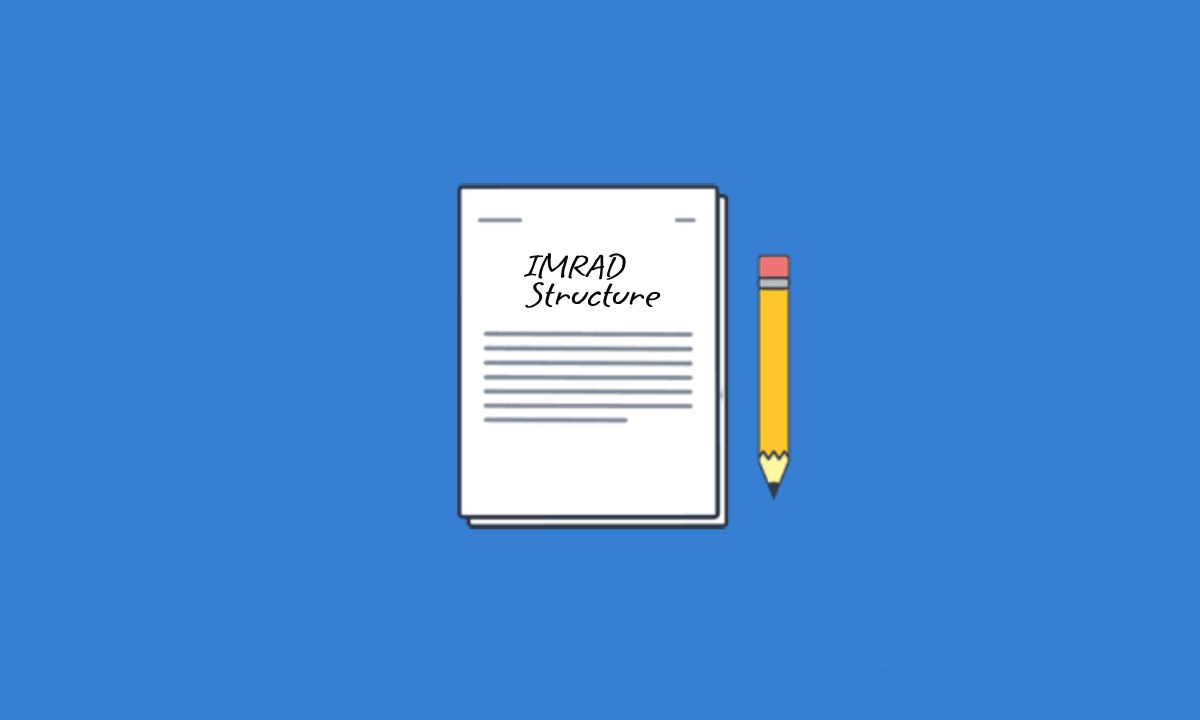What is Literature Review?
A literature review is a comprehensive summary and critical analysis of existing research and scholarly articles relevant to a particular topic or research question. The aim of a literature review is to provide a comprehensive understanding of the current state of knowledge on the topic, identify gaps, and highlight areas for further investigation.
Literature Review Purpose:
Knowledge Synthesis: It summarizes existing research on a particular topic, providing a comprehensive overview of the current state of knowledge in the field.
Identifying Gaps: It helps identify gaps or inconsistencies in the existing literature, highlighting areas where further research is needed.
Contextualization: It provides context for your own research by showing how your work fits within the larger body of knowledge in the field.
Methodological Guidance: It can help in selecting appropriate research methodologies and techniques by evaluating the methodologies used in previous studies.
Theory Development: It assists in the development or refinement of theoretical frameworks by identifying key concepts and theories within the literature.
Critical Evaluation: It involves critically analyzing and evaluating the strengths and weaknesses of previous studies, methodologies, theories, and findings.
Synthesizing Perspectives: It synthesizes diverse perspectives and viewpoints from various sources to provide a well-rounded understanding of the topic.
Literature Review Format:
The format of a literature review typically follows a structured outline, though specific requirements may vary depending on the discipline, academic level, and purpose of the review. Here’s a common format:
Introduction:
- Provide an overview of the topic and its significance.
- State the purpose and scope of the literature review.
- Outline the organization and structure of the review.
Background and Context:
- Provide background information to contextualize the topic.
- Define key terms and concepts relevant to the review.
- Discuss the historical development or evolution of the topic, if applicable.
Search Strategy:
- Describe the search criteria and databases used to identify relevant literature.
- Explain any inclusion/exclusion criteria applied during the selection process.
- Discuss any limitations or biases in the search strategy.
Themes or Categories:
- Organize the literature into thematic sections or categories based on common topics, theories, or methodologies.
- Provide a brief overview of each theme or category and its relevance to the topic.
Critical Analysis:
- Critically evaluate the strengths and weaknesses of the literature within each theme or category.
- Identify any gaps, contradictions, or areas of disagreement among the sources.
- Discuss the implications of the findings and their significance for future research.
Synthesis and Integration:
- Synthesize the findings from the literature to draw overarching conclusions or identify overarching patterns.
- Discuss how the literature collectively contributes to our understanding of the topic.
- Highlight any emerging trends or areas for further investigation.
Conclusion:
- Summarize the key findings and insights from the literature review.
- Reflect on the overall significance of the literature in relation to the research question or topic.
- Suggest directions for future research based on the gaps or limitations identified.
References:
- Provide a list of all the sources cited in the literature review, following a consistent citation style (e.g., APA, MLA, Chicago).
This format provides a structured framework for organizing and presenting the findings of the literature review in a clear and coherent manner. However, it’s important to adapt the format to suit the specific requirements and expectations of your academic or research context.
Literature Review Process:
The literature review process involves several key steps to effectively gather, evaluate, synthesize, and present existing research on a particular topic. Here’s an overview of the process:
Define the Scope and Objectives:
- Clearly define the research question or topic you want to explore.
- Determine the scope and boundaries of your literature review, including the time frame, geographic focus, and specific aspects of the topic to be covered.
Conduct Preliminary Research:
- Familiarize yourself with the topic by conducting preliminary searches in academic databases, library catalogs, and relevant sources.
- Identify key terms, concepts, and influential authors related to your topic.
Develop Search Strategies:
- Develop search strategies using appropriate keywords, Boolean operators, and search filters to retrieve relevant literature.
- Consider using multiple databases and sources to ensure comprehensive coverage of the literature.
Gather and Select Sources:
- Systematically search and collect relevant scholarly articles, books, conference proceedings, reports, and other sources.
- Evaluate the relevance and quality of each source based on predetermined inclusion/exclusion criteria.
- Keep detailed records of the sources you gather, including bibliographic information and notes.
Read and Analyze the Literature:
- Read and critically analyze each source to extract key findings, arguments, methodologies, and theoretical frameworks.
- Identify common themes, patterns, and gaps in the literature.
- Take notes, summarize key points, and annotate sources to facilitate synthesis and integration.
Organize and Synthesize Findings:
- Organize the literature thematically or chronologically based on common topics, theories, or methodologies.
- Synthesize the findings from the literature to draw overarching conclusions and identify emerging trends.
- Use frameworks such as concept maps, tables, or matrices to visually represent the relationships between different sources and ideas.
Write the Literature Review:
- Structure the literature review according to a logical and coherent outline, including introduction, background/context, thematic sections, critical analysis, synthesis, conclusion, and references.
- Write clear, concise, and objective summaries of each source, incorporating critical analysis and synthesis throughout.
- Ensure proper citation and referencing of all sources using a consistent citation style.
Revise and Finalize:
- Review and revise the literature review to clarify arguments, improve coherence, and address any gaps or inconsistencies.
- Seek feedback from peers, mentors, or advisors to improve the quality of the review.
- Finalize the literature review, ensuring accuracy, completeness, and adherence to academic standards.
By following these steps, you can systematically navigate the literature review process and produce a well-organized, insightful, and rigorous review of existing research on your chosen topic.
Literature Review Example:
Below is a simplified example of a literature review on the topic of “Effects of Social Media on Mental Health”:
Introduction:
Social media has become an integral part of daily life for millions of people worldwide. While it offers numerous benefits, such as facilitating communication and information sharing, concerns have been raised about its potential impact on mental health. This literature review aims to explore the existing research on the effects of social media use on mental health, with a focus on identifying key findings, gaps, and areas for future investigation.
Background and Context:
Social media platforms, such as Facebook, Instagram, Twitter, and Snapchat, have rapidly gained popularity over the past decade. They provide users with opportunities to connect with others, express themselves, and consume a wide range of content. However, research suggests that excessive or problematic use of social media may be associated with various mental health issues, including depression, anxiety, loneliness, and low self-esteem.
Search Strategy:
A systematic search of academic databases, including PsycINFO, PubMed, and Web of Science, was conducted using keywords such as “social media,” “mental health,” “depression,” “anxiety,” and “loneliness.” The search was limited to peer-reviewed articles published within the last 10 years.
Themes or Categories
Association Between Social Media Use and Depression:
- Several studies have found a positive correlation between excessive social media use and symptoms of depression, particularly among adolescents and young adults.
- Factors such as social comparison, cyberbullying, and sleep disturbances have been identified as potential mechanisms underlying this association.
Impact of Social Media on Anxiety and Stress:
- Research suggests that frequent use of social media may exacerbate feelings of anxiety and stress, especially when users perceive a constant need to maintain online appearances or respond to notifications.
- Fear of missing out (FOMO) and exposure to negative news or images on social media have been linked to heightened anxiety levels.
Loneliness and Social Isolation:
- While social media offers the illusion of connectedness, studies have found that heavy users often report feelings of loneliness and social isolation.
- Excessive screen time and passive social media consumption may lead to reduced face-to-face interactions and a sense of disconnection from real-life relationships.
Critical Analysis
The literature presents mixed findings regarding the relationship between social media use and mental health outcomes. While some studies have reported significant associations between excessive social media use and negative mental health outcomes, others have found no clear causal relationship or even positive effects, such as increased social support and self-expression.
Synthesis and Integration
Overall, the literature suggests that the impact of social media on mental health is complex and multifaceted, influenced by individual characteristics, usage patterns, and social context. Future research should employ longitudinal designs and explore potential moderating variables to better understand the mechanisms underlying these relationships.
Conclusion
While social media offers many benefits, its excessive or problematic use may have detrimental effects on mental health, including depression, anxiety, and loneliness. However, the relationship between social media use and mental health outcomes is not straightforward and requires further investigation. Future research should adopt multidisciplinary approaches and consider individual differences to develop effective interventions and guidelines for healthy social media use.
This example provides a structured overview of the existing literature on the effects of social media on mental health, including key themes, findings, and areas for future research. Actual literature reviews would typically be more detailed and include a greater number of cited sources.



